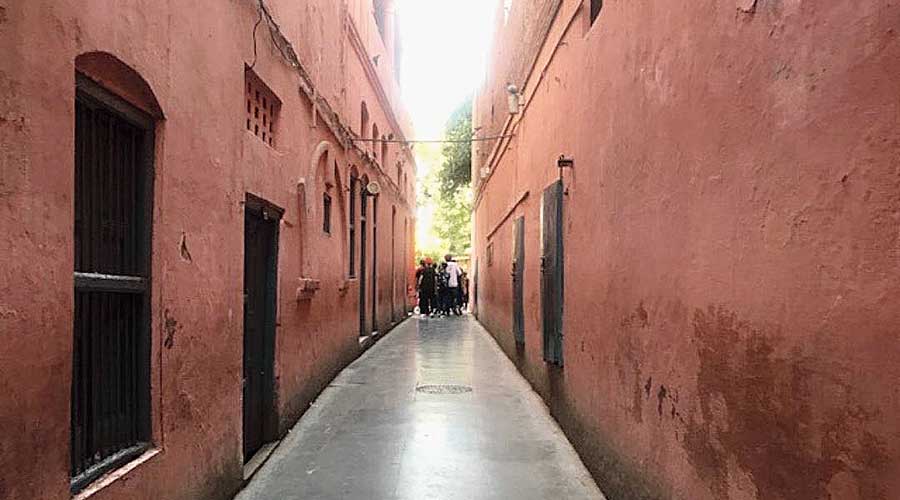Reports and emerging visuals of the recent restoration of Jallianwala Bagh have led to outrage. The ministry of culture insists that the effort was carried out with the “utmost respect”, while historians cry “insult”, “corporatisation” and “erasure”. Traumatic heritage places such as Jallianwala Bagh (India) or Auschwitz-Birkenau (Poland) or the Hiroshima Peace Memorial (Japan) or Robben Island (South Africa) have to negotiate the burden of a traumatic community memory and the responsibility of inserting it into the present, constructively or instructively. Days before the Jallianwala massacre, Marcella Sherwood, a mission doctor, was assaulted in Amritsar. Days after gunning down hundreds of Indians in Jallianwala Bagh, General Dyer issued the "crawling order". Any Indian wishing to cross the narrow street where Sherwood had fallen would have to crawl its entire length. Dyer said, “Some Indians crawl face downwards in front of their gods. I wanted them to know that a British woman is as sacred…”
Crosshairs of history
At Auschwitz-Birkenau, the concentration camp-turned-memorial and museum, they preserve among other things human hair. Prisoners’ hair was routinely shorn at Nazi camps. It seems the hair was processed and packed and sold to companies as material for haircloth and felt. The hair at Auschwitz was the harvest from dead prisoners. The memorial’s decision to display nearly two tonnes of human hair met with severe criticism. But in the end, the hair stayed in keeping with the museum philosophy of preserving authenticity, and there it will remain till it disintegrates naturally. In 1989, however, the United States Holocaust Memorial Museum, in Washington, D.C., received a consignment of artifacts from Aushwitz, among which was human hair. After much deliberation, the museum decided to instal a wall-length photo mural of the hair on exhibit at Auschwitz.
Reflecting Absence
In 2010, nine years after the 9/11 tragedy, the National September 11 Memorial & Museum was opened to the public. The design chosen from thousands of entries is called "Reflecting Absence". It has two pools where the North and South Towers of the World Trade Center used to be. Names of the dead are inscribed on bronze parapets edging the pools. There is a Memorial Glade in honour of those who got sick or died “from exposure to toxins in the aftermath of the 9/11 attacks”. Among its collection on display are a fire truck, a concrete-and-granite-covered staircase, an elevator motor, a steel remnant from the facade of the North Tower. There are more than 30 pairs of shoes. When the museum opened, visitors were horrified to discover that a tour was to be a ticketed affair. There was uproar too when it was discovered that the gift shop was selling US-shaped cheese platters with hearts marking the spots where al-Qaeda terrorists crashed planes. And, in 2014, a VIP cocktail party was also hosted on the premises. The sister of a 9/11 victim tweeted the next day: “Did you enjoy having drinks on top of my brother's grave last night?” As for Dyer, he was cremated. According to his biographer, Nigel Collett, there is no memorial stone made to Dyer and no known resting place for his ashes.










